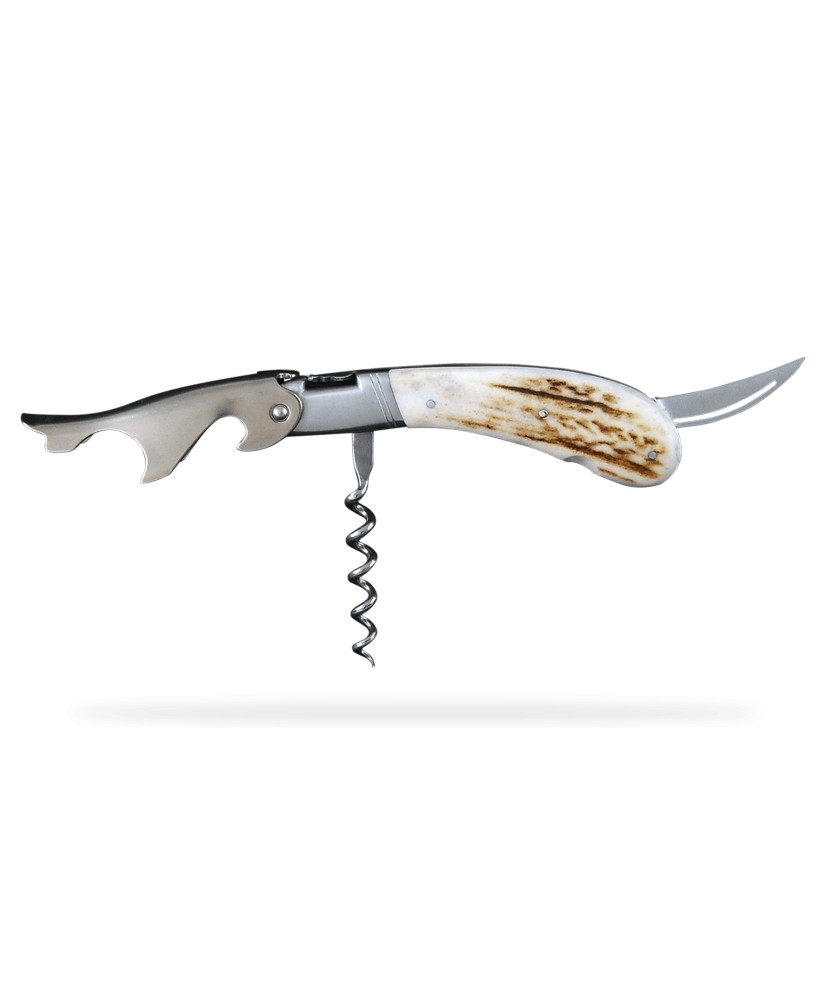


 Do you have any questions?
Do you have any questions?
Contact us at 1-866-567-8467
 Free delivery
Free delivery
For orders of $99 or more on selected products*
 We want your feedback!
We want your feedback!
Leave us your comments at the bottom of the page.

Since 1929, the FONTENILLE PATAUD company has been an expert in the manufacture of top-of-the-range knives, corkscrews (limonadiers) and cutlery (ebony, horn, ivory), several models of which can still be seen today in the Thiers cutlery museum.
The Fontenille-Pataud cutlery factory has been making French regional corkscrews for several generations, traditionally handmade, as is customary in the Thiers basin, by cutlery craftsmen trained in their workshop, and equipped with the latest technical developments necessary to make exceptional pieces.
More Quality, less quantity: their manufacture wants to be made in the rules of art. Fontenille Pataud carefully choose their materials for the manufacture of their Laguiole knife handles and corkscrews. All materials are of the highest quality.


Each region of France also has its own unique history, cultural heritage and traditions, and it is interesting to note that the making of a knife undeniably blends the unique characteristics of each of these regions. Initially a working tool, the knife has often integrated and propagated the local customs and the life of the inhabitants of a region.
The legend of the Laguiole knife is a good example of this transmission since this knife created by farmers in the south of the Auvergne and Aubrac regions has made this region known throughout the world and still contributes to it today.
The Vendetta knife alone tells a good part of the history of Corsica, a history so rich and lively.
The Thiers knife is the symbol of several centuries of cutlery in the Auvergne town of the same name, a tradition that is still perpetuated today thanks to the passion of a few craftsmen.
Some medium-sized towns are also known for the knife that is or was made and used every day by local workers and farmers: this is the case for the Issoire, the Aurillac or the Yssingeaux.